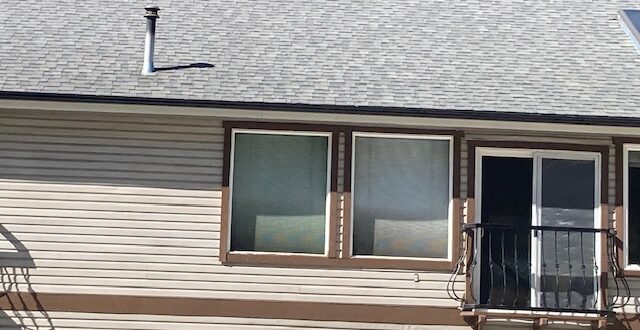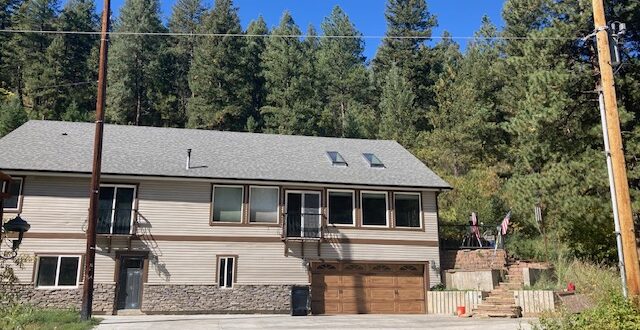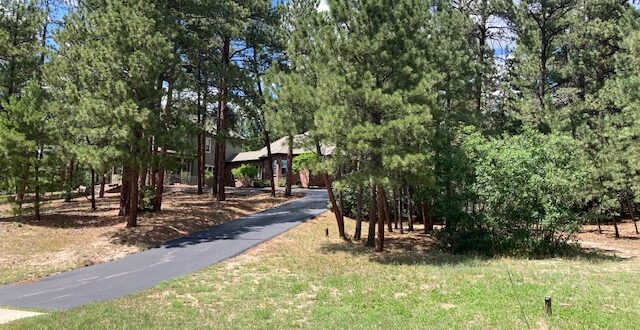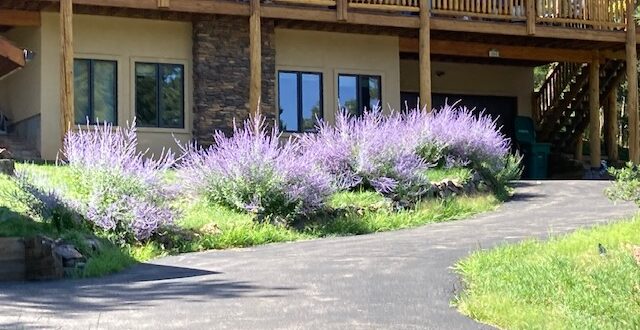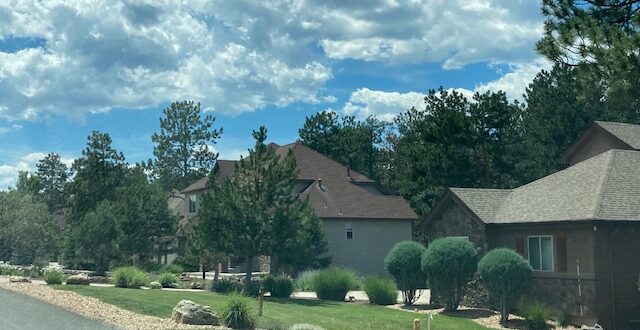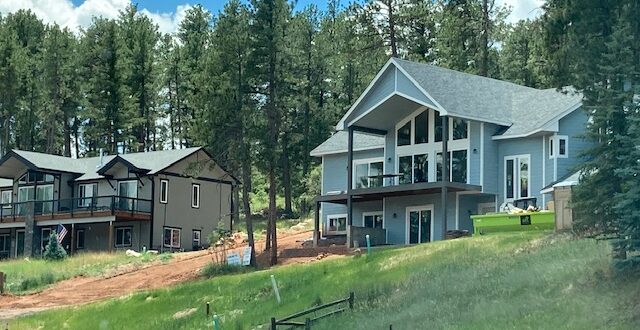A lot of houses now aren’t built with a chimney. There aren’t so many people with fireplaces anymore. If you’ve decided to add one in, then you will need a chimney. You may have also bought an existing home with a chimney, whether the fireplace is real or not. Chimneys and stovepipes offer another way for fires to get into the home. It’s important that you take steps to prepare them against wildfires. Get Chimney Caps Immediately The first step to take is to get chimney caps. They should be made from galvanized steel or copper if you can, as these two metals have a higher melting point. If you want a cheaper option, aluminum is there but it’s not
(719) 400-9104
office@coloradomastication.com
With the rise of wildfires, getting the right material for construction is essential. California was the main driver for fire-resistant construction, and now many other states have followed. However, there are dozens of standards, which makes understanding the fire ratings difficult for many. Class A or Class I Products Class A or Class I products are considered the best for managing fire risks. They are treated with the most flame-resistant chemicals, making it much harder for them to start a fire. These products are tested for 10 minutes to make sure they don’t see flames. This isn’t a national standard, but it’s a good one for many companies to follow. Class B or Class II Products The next level up
Call (719)400-9104 to request fire mitigation estimate towards Douglas County’s wildfire mitigation cost-sharing program/2024. Wildfires continue to be a major concern for much of the world, especially in Colorado. The best thing you can do is to mitigate for wildfires, but this can get expensive. With the cost of living going up, more and more people are looking to save money. The problem is saving money by not mitigating for wildfires isn’t a way to save money. It’s going to cost more in the future, and it puts a lot of lives in danger. Douglas County recognizes that, which is why it’s looking at ways to help with the costs. One of those is by bringing in a cost-share program.
Fire mitigation, Golden. Contact us now at (719)400-9104. One of the best things you can do to prevent wildfires is to help your local fire department. This doesn’t mean helping them in the action but making it easier for them to do their jobs when the fire has started. It’s important to make your property more accessible to the teams out there on the ground. Make Your Home Easy to Find It’s not usually your local volunteer firefighters working on areas around your home. It’s going to be a crew unfamiliar with the area, which means your street and address signs need to be easy to read. The smoke will become dense, so create signs that are easily visible in
Want to fire mitigate your property in Nederland? Call Colorado Mastication at (719)400-9104. While you want to protect your homes from fires, you don’t want it to look bare. You need fire-resistant plants, especially in Zone 1. No plant is fully fireproof, but there are good options to minimize the risk. It’s important to get plants that have a high moisture content. The more water a plant has, the less likely it is to die. This also helps to reduce the risk of fires spreading. So, how do you choose the best plants for the area? Vegetables Are an Excellent Option Instead of flowers, why not create a garden that is also going to be sustainable for you? Vegetable gardens
Contact us today for fire mitigation in Estes Park. If you live close to cities, where homes have around half an acre to five acres of space, you’re in what’s known as an “intermix” area. This is great for being close to amenities without people breathing down your neck, but there is still a risk of wildfire. The area has a lot of fuel for fires should one start. It’s important to think about the vegetation around your own home. Finding a balance between privacy and fire mitigation is important. Water Systems Become Overwhelmed During Fires One of the biggest problems is the water systems. When going about your day to day life, you won’t really think about the municipal
Lodgepole pines are not to be confused as ponderosa pines. Yes, they are both a type of pine tree, but they offer different benefits to the wildlife out there. The lodgepole pine is very common throughout the western United States and Canada. Lodgepoles grow tall and straight. The bad news for fire survival is that they have thin barks and shallow roots. This leads to them being more susceptible of death when it comes to fires spreading. And we all hear on the news about wildfires each summer. The Adaptation of Lodgepoles Over the Years All trees in the area have evolved in their own way. Lodgepoles have adapted so that they burn every 200 years or so. This helps
Submit estimate request for fire mitigation in Cripple Creek. Phase 3 of fire mitigation isn’t just another zone on your land. This part is maintenance to ensure all the work you’ve done through the first two phases remain strong. If you do have a third zone on your property (not everyone does depending on acreage), then this phase will also cover that. If you have so much land that you have Zone 4, you’ll go into that section during this phase of fire mitigation. Why Phase 3 of Fire Mitigation Is Important You’ve just completed Phases 1 and 2 of fire mitigation. Right now, they look good, but what about in two- or three-years’ time? There will be a few
Submit an estimate request for a free estimate on creating firebreaks on you property. Fuelbreaks and firebreaks can be created in any zone. You’re likely to see them in Zones 2 and 3, which means there is a lot of work you could potentially do. The great news is these breaks require little effort on your part. Zone 3 is one the most important areas you’ll want to concentrate on. You’ll follow the tips for Zone 2 to create a defensible space to slow down the risk of wildfires. Creating a Shaded Fuelbreak in Zone 3 If your land is more than an acre wide, you’ll fall into Zone 3. This will often have some roads or trails running through,
For a free estimate on new home fire mitigation, call (719)400-9104. Whether you’re buying or building a home, you’ll need to consider the risks of wildfires in the area. This isn’t just about current risks, but the wildfires that have happened in the past in the region. Your insurance agent will have a lot of questions if you are in an area that’s considered high-risk for wildfires, and you’ll just want to know details for your own safety. What’s the Response Rate for Firefighters Fires can happen for all sorts of reasons. Some are natural, as wildfires are necessary for the health of some trees and forests. However, many others are due to people or because of faulty wiring. You
